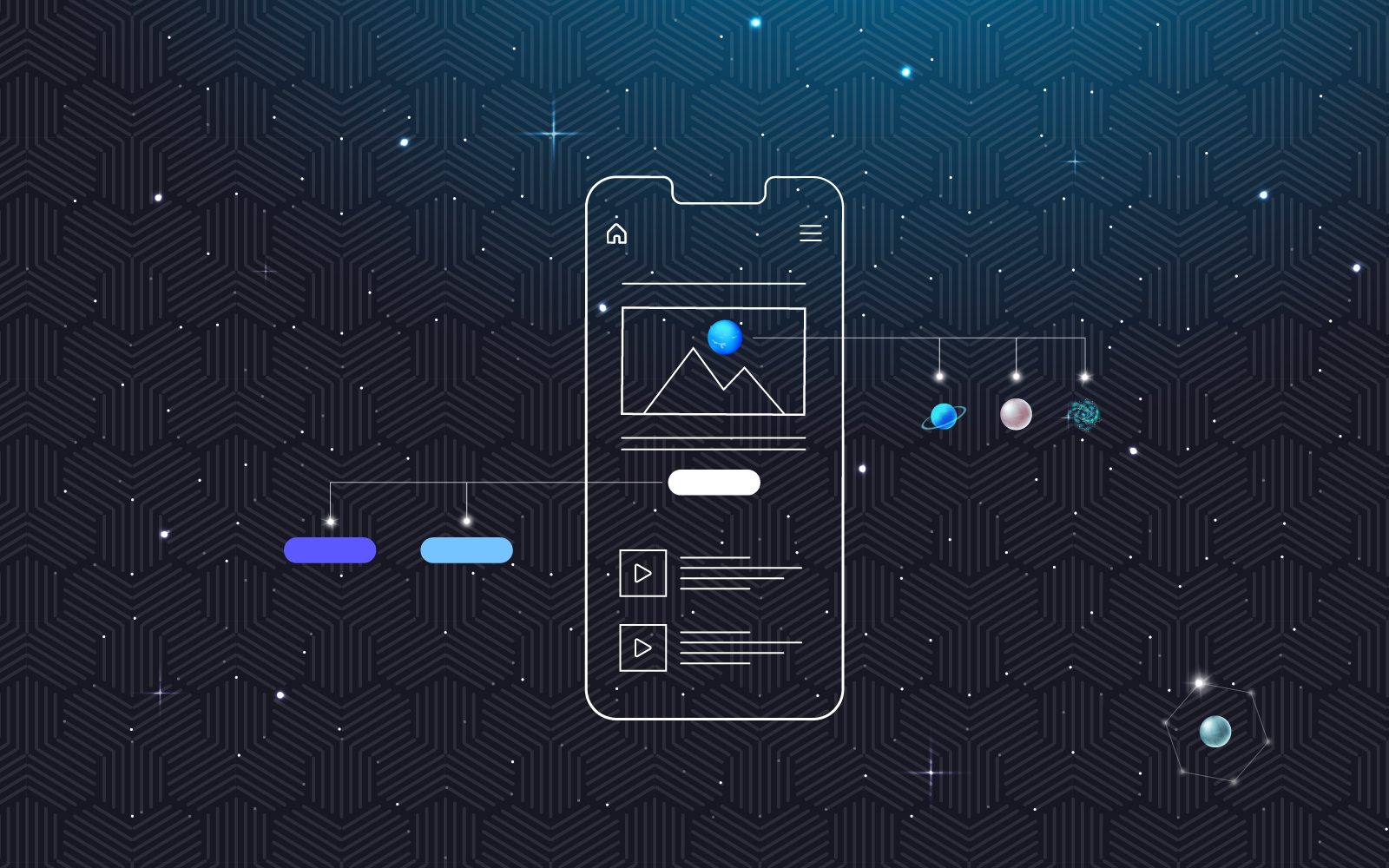User Interface Design
What is UI Design? How is UI Design Different from UX Design? Why Do I Need UI Design?
Are you confused by the term user interface design? If so, you are not alone. It’s common for many people to use this term interchangeably with user experience design and we’re often asked about the difference between the two.
This article will set the record straight on what user interface design is, what it isn’t, and why you need it.
What is UI Design?
User interface (UI) design focuses on how users interact with a computerized system. A successful design anticipates what your target users might do as they interact with a website or mobile app. It sounds simple, but a well-designed UI requires integrating a diverse number of elements into an attractive and intuitive user interface.
User Interface Elements
Users interact with user interface elements that have developed operating conventions that people have come to expect. For example, your target users may expect to see breadcrumbs at the top of a search page or expect that selecting a brand’s logo in the top navigation bar will return them to the home page.
Here are examples of interface elements:
- Navigation controls. How do users move through the website or application? Do they prefer sliders, icons, breadcrumbs?
- Input controls. How do users indicate their preferences? Do they prefer buttons, text, dropdowns?
- Output controls. How do users know how the system is responding? Progress bars, tips, message boxes?
Knowing how to use these elements effectively requires a well-trained designer who can evaluate their use in the context of the overall design. Designers may need to assess the pros and cons of different elements for a specific application, especially when multiple elements are used on a single page or screen. That’s why it’s crucial for designers to follow best practices.
User Interface Best Practices
The best Uls begin with the end-user. A UI designer identifies potential users, creating personas that reflect their attitudes, skills, and preferences. Once they understand the potential users, designers are ready to apply that information to the following:
- Simplicity. The best designs are those that no one notices because they can move smoothly through the site. Adding defaults for users to select can make the journey faster and easier to use.
- Consistency. Establishing patterns using layout or language makes it easier to navigate the site. Placing important information or components in the same location on each page tells the end-user where to look for crucial information.
- Clarity. Several elements can minimize user confusion. Whether it is the font, color or texture, using the best components increases readability and scalability.
- Communication. Websites must communicate in real-time. They should provide messages about actions the system is taking or problems it may be experiencing. A well-designed UI never leaves the user wondering what to do next.
Employing best practices requires UI designers that understand interactive elements and learn to understand your end-user through user research. They know how to create intuitive interfaces using consistent and coherent navigation, and they know how to design an interface that accurately reflects a brand.
User Interface and the Customer Journey
Think of each page or screen as a destination in a customer’s journey and ask yourself questions like:
- What will users expect when they land on a page?
- Are they looking for detailed information?
- Or do they want to move on to the next page as quickly as possible?
If users are looking for detail, UI designers may increase the amount of white space, use fonts and colors to highlight essential content, or make navigation controls easier to locate. UI designers are concerned with how the page is used. UX designers are focused on how the page fits into the overall experience.
For example, a company wants people to provide contact information in exchange for content. UX designers know that many users will move away from the page if they encounter a problem. They communicate the likely user behavior to the UI designers. Their job is to make the page as simple and error-free as possible.
By working together, the UI and UX designers create a page that fits with the overall experience, minimizes the potential for error, and achieves the customer’s goals. Why not talk to us about how our UI and UX designers can create a positive experience for your customers?
You Need Both UI and UX Design
At 729 Solutions, our design process encompasses both user experience and user interface design, because each has a crucial role in creating an excellent website or mobile app
We all have websites we love. They are easy to navigate and easy to use. We know we will have a positive experience when we visit.
There are also plenty of sites that frustrate us. They might even have spectacular graphics and embedded videos, but attempting to find what we’re looking for might cause us to pull out some of our hair.
The websites we enjoy have been intentionally designed to create that positive user experience (UX), which is supported by a well-designed user interface (UI). Those sites that frustrate us are poorly designed. Whether they lack a well-designed UI or have an over-designed UX, they have failed to successfully combine UI and UX in their designs.
In today’s landscape, you can’t expect to fail at either one.
Let us help you get started
Join hundreds of other businesses that use 729 Solutions to design their user interface and the user experience it’s creating for their users.



